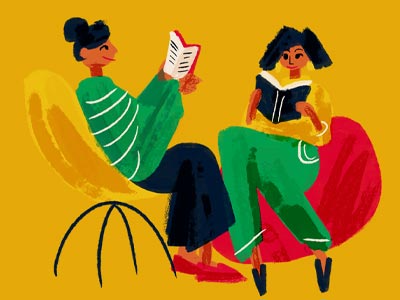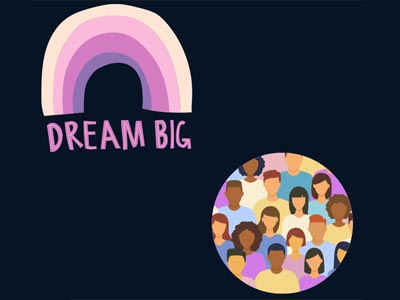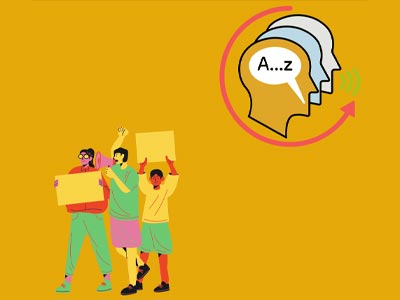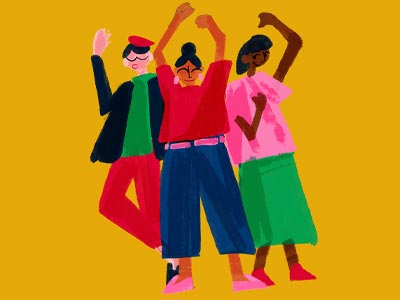Inclusive Pedagogy
/prod01/twu-cdn-pxl/media/images/social-psychology-philosophy/inclusivepedagogy.jpg)
“As educators, we have the opportunity to draw from and balance cultural strengths originating in highly differentiated cultural frameworks.” (Chávez & Longerbeam, 2016, p. 3)
What is inclusive pedagogy?
- Student-centered
- Engagement in meaningful and relevant learning
- Celebrates diverse perspectives
- Reflective and monitor of classroom climate
What is an assets-based approach?

- Focuses on unique experiences and skills each student brings to the classroom
- Views student differences as assets, not deficits
Examples of cultural assets

- Maintaining hopes and dreams (aspirational capital)
- Networks and community resources (social capital)
- Socialization from family (familial capital)
- Intellectual/social skills in multiple languages (linguistic capital)
- Skills in navigating social institutions (navigational capital)
- Knowledge and skills in challenging inequities (resistant capital)
Tell counter stories

- Share examples of culturally relevant narratives
- How can they empower students to reflect on their own cultural assets?
Celebrate cultural wealth

- Instead of (or in addition to) a privilege walk, consider a Cultural Wealth Walk!
- Help your students recognize their assets
Page last updated 2:38 PM, March 5, 2024